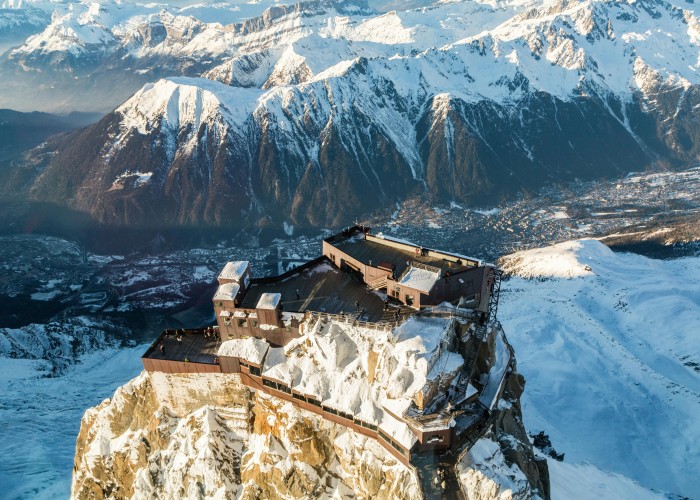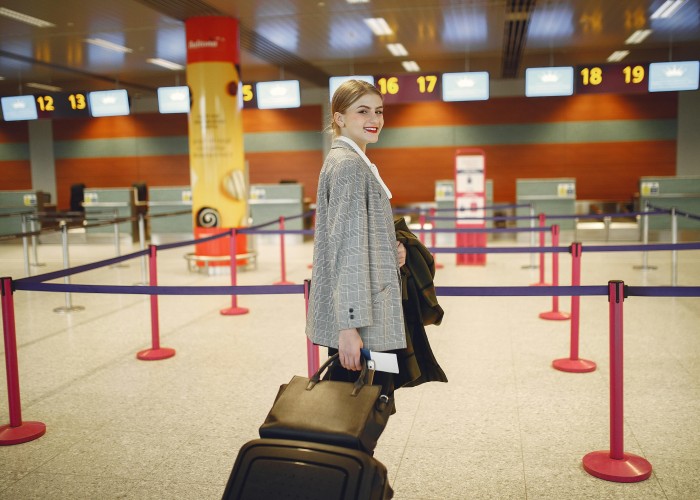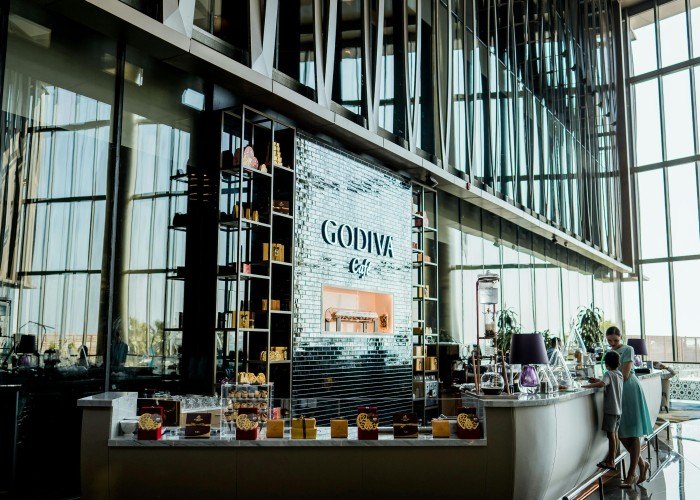The Tour du Mont Blanc (TMB) is arguably one of Europe’s most iconic long-distance hikes. Winding through France, Italy, and Switzerland, this loop takes you around the massive Mont Blanc massif, offering sweeping views, diverse cultures, and unforgettable alpine terrain. If you’re traveling from the USA, UK, Australia, or Germany, here’s a warm, clear, and practical guide to planning your walk. Tour du Mont Blanc Trek.
Overview: What Is the Tour du Mont Blanc?
The TMB covers approximately 165 km of trail circling the Mont Blanc massif, with about 10,600 m of ascent and descent
Walkers pass through the lush valleys and rugged passes of three countries:
- France (starting points like Les Houches or Les Contamines)
- Italy (along Val Veny and Val Ferret to Courmayeur)
- Switzerland (through Champex or Trient valleys before returning to France)
It’s one of the classic treks in the Alps—challenging, rewarding, and steeped in mountain culture.
Best Time to Visit
- Mid-June to Mid-September is the safe and popular window
- Late June to early July: trails clearer, less crowded, wildflowers bloom
- July and August: warmest weather, huts open, lively trail atmosphere
- Late August to mid-September: quieter trails, cooler temperatures, huts still largely open
- Spring (May-June) and autumn (late September–October) are riskier due to potential snow, fewer open huts, and shorter days
- Winter requires advanced alpine skills, and the trek becomes technical terrain
How to Reach the Trail
- Common starting points include Les Houches and Les Contamines in France, or Courmayeur in Italy. Transit options vary by village and country Wikipedia.
- Fly into Geneva, then transfer by bus or train to Chamonix or surrounding trail towns.
- Chamonix is often used as base due to its accessibility, services, and charming alpine scenery.
Entry Fees and Permits
- No trail permits are needed to hike the TMB.
- Mountain refuges (huts) charge overnight or meal fees—pricing varies and is typically “subject to change.”
- Advance reservations are strongly advised, especially for popular huts like Refuge Elisabetta (Rifugio Elisabetta)
- Booking even 6–8 months ahead or by early winter is common to secure spots for summer trekking
Food and Meal Options
- Refuges offer cooked meals and packed food—some local cuisine is available.
- Villages along the route (e.g., Les Contamines, Courmayeur, Champex) offer grocery shops, bakeries, and eateries. Tour du Mont Blanc Trek.
- It’s wise to carry snacks and hydration for harder or longer stages.
Packing List & Essentials
Clothing & Layers:
- Waterproof jacket and pants
- Breathable base layers
- Fleece or insulated mid-layer
- Hat and gloves (even in summer mornings can be chilly)
Gear:
- Daypack (25–40 L)
- Water bottles or hydration pack
- GPS or trail map
- First‑aid kit, blister care
- Headlamp with spare batteries
- Trekking poles (very helpful on steep sections)
- Power bank for devices
Optional:
- Lightweight sleeping liner (some huts may not provide it)
- Sunglasses and sunscreen
Safety Tips & Regulations
- Trail sections like Col des Fours or Fenêtre d’Arpette reach nearly 2665 m—experience in mountain conditions is important
- Weather is rapidly changeable—carry layers and rain/cloud cover protection.
- Tell someone your plan and daily stages—signal may not be reliable at altitude.
- Stay on marked routes—signposting is clear, especially counterclockwise
- Refuges close mid‑September—plan accordingly for lodging or camping.
Tips for Beginners or First-Time Visitors
- Plan 8–12 stages, averaging 12–20 km per day, adjusted by terrain and altitude.
- Use mountain refuges to rest and reduce load—carry light gear for convenience.
- Build fitness with training hikes beforehand—TMB is physically demanding.
- Avoid booking too late—many huts fill quickly in peak summer.
- Choose counterclockwise direction for shuttle or transit options ease.
- Consider an itinerary with rest or resupply days in towns like Courmayeur.
Local Customs & Cultural Etiquette
- You’ll cross three countries with distinct traditions and languages—a basic greeting (“bonjour/grazie/guten tag”) is appreciated.
- At refuges, turn off or silence devices—many hikers value the natural calm.
- Pack out all trash—even penne wrappers. Respect shared spaces and conserve water.
- Be mindful of alpine wildlife and ecological fragility—stray off-trail less often protects delicate meadows. Tour du Mont Blanc Trek.
FAQs (High-Search Keywords)
| Question | Answer |
|---|---|
| How long is the Tour du Mont Blanc? | About 165 km, typically covered in 9–14 days |
| What is the difficulty level? | Challenging. Requires good fitness, mountain hiking experience, and acclimatization |
| Highest point on the route? | Col des Fours or Fenêtre d’Arpette at about 2665 m |
| Are huts available nightly? | Yes, but summer may require advance bookings; some hut names include Elisabetta |
| Is permit needed? | No special permit—trail is public |
| When to start to avoid crowds? | Early summer (late June) or early autumn (mid‑September) for fewer hikers |
| Is mobile coverage reliable? | Varies—great in towns, patchy in high passes. Carry offline navigation. |
| Can I camp? | Yes, wild camping is possible in some areas—but refuges and organized sites are common options. |
| What wildlife might I see? | Marmots, ibex, chamois, alpine birds; flora includes edelweiss and gentians |
Final Thoughts
The Tour du Mont Blanc is a prestigious journey through alpine wilderness, culture, and history. It unfolds through three nations, offering varied trailscapes—glacial valleys, flowered ridges, mossy forests, and cozy hamlets. Tour du Mont Blanc Trek.






Leave a Reply